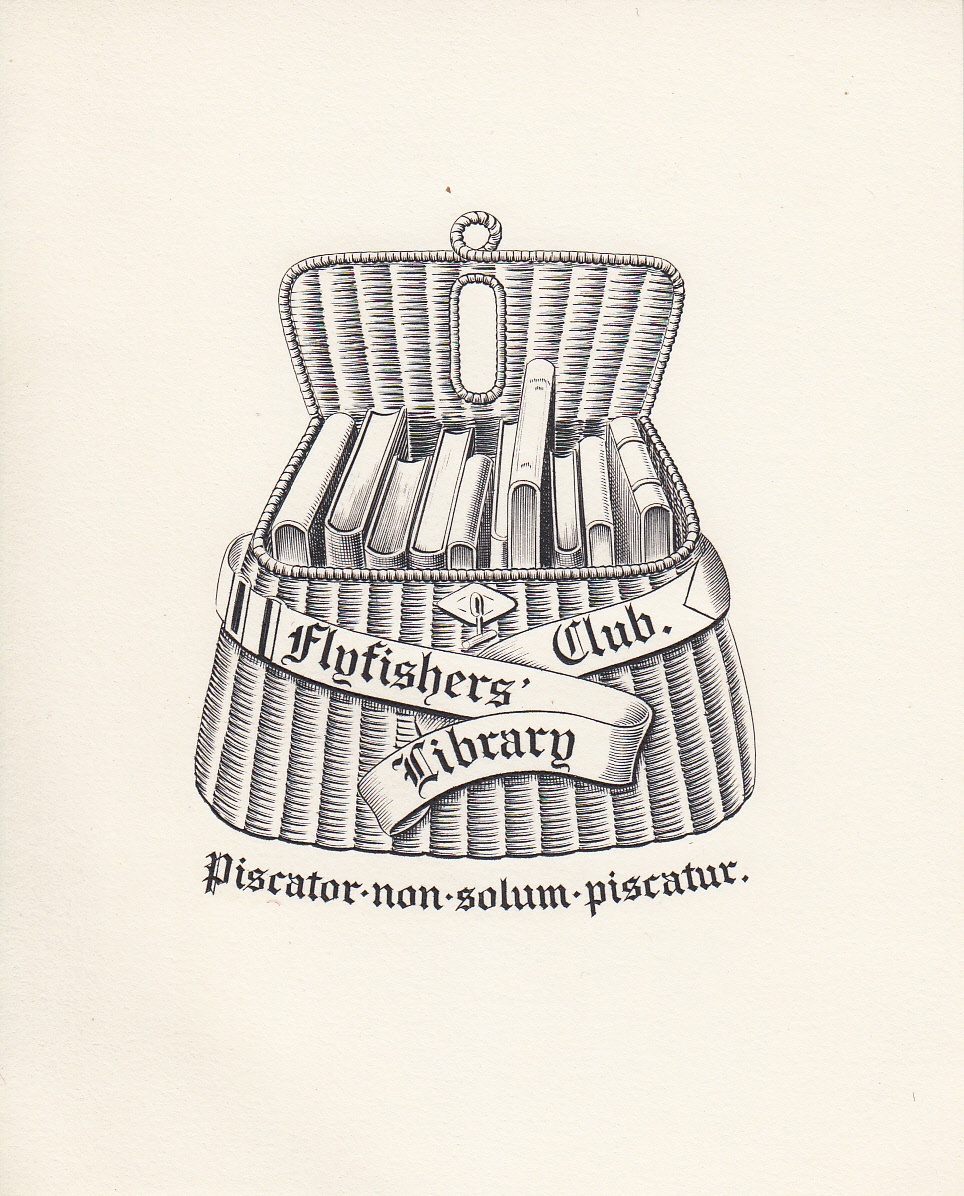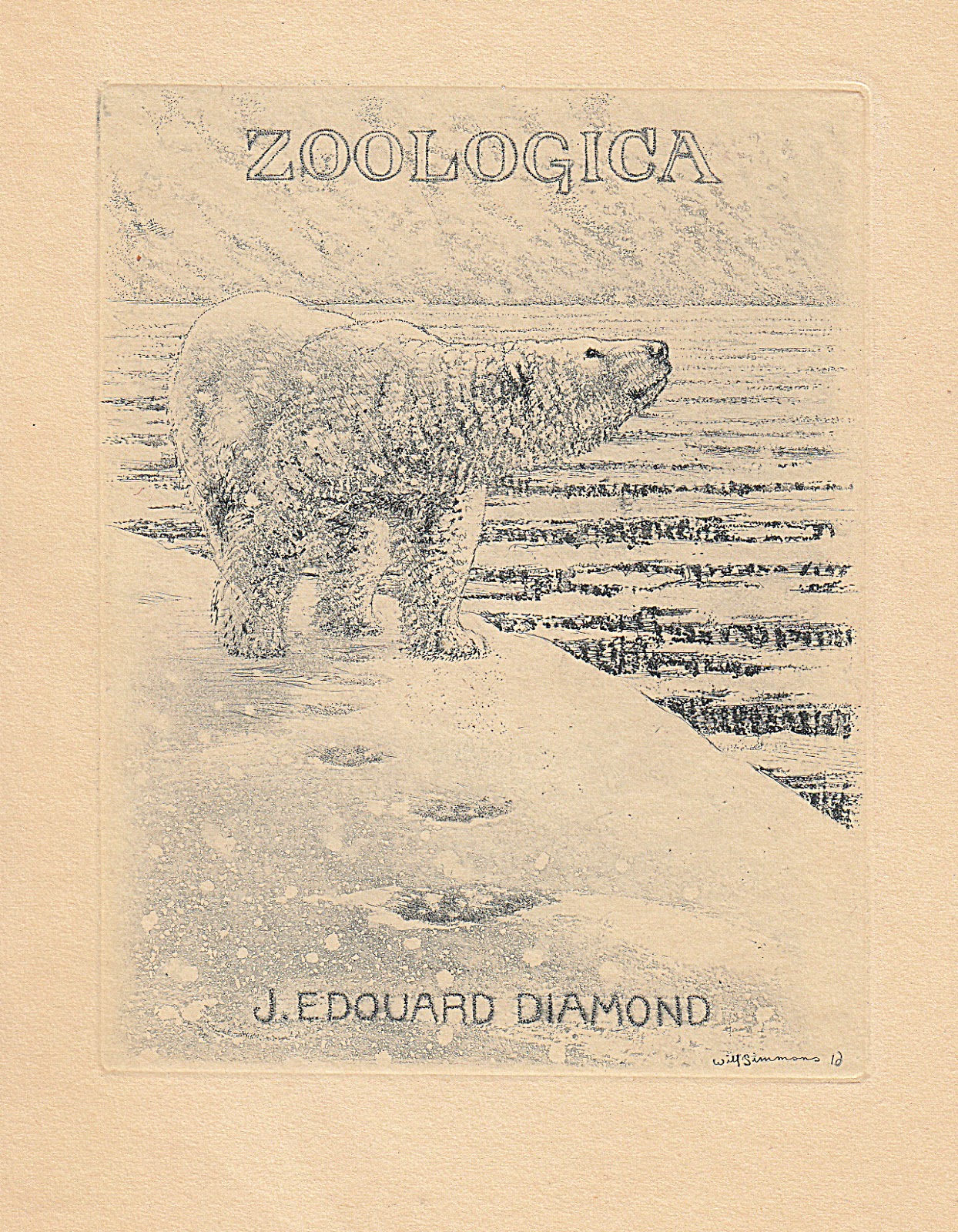.By the way, the St. Louis Woman's Exchange began in 1883 and is still thriving in 2014
I 've never seen the Thomas Horan plate before. In searching for additional information about it I found this old Ebay listing from fellow collector Anthony Pincott.
.
""This ex-libris was profiled 25 years ago in Bookplate Journal, Vol.4, No.2 (1986) where W.E. Butler wrote about it as follows:
It is by no means uncommon for bookplates of great beauty or distinctiveness, nor even for bookplate designers, to elude the notice of collectors until books containing the ex libris appear on the antiquarian market. Such is the case with Dennis Yates Wheatley (1897-1977), novelist and self-styled "inventor" (with J. G. Links) of Crime Dossier Murder Fiction. A sizeable portion of Wheatley's personal library turned up on the 50p–£1 shelves at Blackwells in Oxford c. 1980, nearly all bearing his bookplate. The existence of the plate was a revelation, both for its unusual subject-matter and its designer: the illustrator F. C. Pape was now known to have designed bookplates. Here was an exceptional case of the bookplate being worth more than the book, and several copies of the Wheatley plate have found their way into bookplate collections.
After a prosperous period as a wine merchant in Mayfair, following military service in the first World War, Wheatley sold out in 1931 and turned to writing full-time. His historical adventures and detective novels enjoyed great popularity, his characters Roger Brook and Gregory Sallust moving adroitly from one volume to the next. While in the service during 1917, Wheatley met Gordon Eric Gordon-Tombe, whose name appears at the bottom right corner of the bookplate. In his manner of walking, cynical ruthlessness, sense of humour, and love of the good life, Gordon Eric became the model for Wheatley's character Gregory Sallust; it was owing to Gordon Eric that Wheatley broadened his mental development and reading habits and eventually started book collecting in earnest. His private library exceeded 4,000 volumes. A few years after the war Gordon Eric was murdered, and Wheatley used his own library to create a memorial by having the bookplate designed to depict the original version of the Garden of Eden.
Following what Wheatley called the "original Babylonian account," his bookplate depicts the Garden of Eden with numerous trees, one of which is the Tree of Knowledge of Good and Evil bearing an open book in the branches and another is the Tree of Life in the form of a flowery crux-an-sata with a nude girl in an oval. In the foreground seated on a tree stump appears a faun, beside him an iced bottle of champagne and a saxophone. The faun has Gordon Eric's features taken from a photograph, and from another is depicted Dennis Wheatley seated on the grass listening to him. Beneath the picture is a cynically amusing remark that Gordon Eric had made to Wheatley.'
Dennis Wheatley collected chiefly first editions and the "greatest classics." The better items found their way into booksellers' catalogues, where the bookplate was widely noted, though not understood. One dealer commented: "From Dennis Wheatley's library, with his large and rather disturbing bookplate on front pastedown." The Butler Collection contains the fourth edition of W. Tooke, The Life of Catharine II, Empress of Russia (1800), in three volumes, bearing the Wheatley bookplate (in vol. 1 only) and the inscription in Wheatley's hand: "Used by me when writing my Roger Brook story 'The Shadow of Tyburn Tree.' Extremely useful. Dennis Wheatley." The set is full of underscorings and marginalia which show how extensively it served as a major source for numerous events or passages in the novel (1948)
Frank Cheyne Pape (1878-1972) had impressed Wheatley by his illustrations for the Bodley Head editions of Anatole France and for one of Wheatley's favourite authors, James Branch Cabell. The bookplate is dated 1928, and Pape was selected to illustrate one of Wheatley's early books, "Old Rowley" A Private Life of Charles!! (1933). Although Pape illustrated dozens of books between 1908-38, his best works date from the 1920s and inspired something of a Pape cult. In Wheatley's bookplate he perhaps exhibited more of the imaginative range and personal viewpoint said to be lacking in some of his graphic work; most assuredly he excelled in grotesque characterization with, here, an outrageous sense of humour.
Since the discovery of the Wheatley bookplate, another design by Pape, in 1931, for Thomas Horan has come to light. It depicts a faun playing pipes with two tiny babies on the ground between his hooves and a maiden listening to music at his side; in the forest background stands a unicorn. The bookplate is a process reproduction of what seems to be a drawing.
Bookplates so often reflecting personal interests and concerns, the Wheatley ex-libris is, as well as one of the most unconventional English bookplates of the interwar era, an object lesson about jumping to conclusions regarding the meaning of a design. Far from being "disturbing," it was a warm tribute to the owner's friend and intellectual stimulant."
Note From Lew- I suspect that Mr. Horan may have "borrowed" Frank Papé designs for his bookplates, The one I have is different from the one described above..
Louise Brooks(1906-1985) was a silent film star. The image on her bookplate appeared in
-----------------------------------------------------------------------------------------------------------
Three Interesting Links For Booklovers
Book sale season is heating up - just like the weather! On a drive to the dairy for a sundae? Why not pick up a book or 2 to read this weekend? Pull out the smart phone or tablet. No need for an app. Type m.booksalefinder.com and no matter where you are in the US or Canada, you'll know if there's a book sale or store within 100 miles. M.BookSaleFinder.com (don't forget the M!)
--------------------------------------------------------------------------------
New York Times Article about lost New York Bookstores
Thousands of old library books bear fascinating traces of the past. Readers wrote in their books, and left notes, pictures, letters, flowers, locks of hair, and other things between their pages. We need your help identifying them because many are in danger of being discarded as libraries go digital. Books printed between 1820 and 1923 are at particular risk. Help us prove the value of maintaining rich print collections in our libraries.
Join the search! Go to your library, find marked books, take photos, & upload them here
CURRENTLY COLLECTING IMAGES and CITATIONS of MARKED COPIES OF LIBRARY BOOKS PUBLISHED BEFORE 1923. Each month we will add some specific authors to help focus your searches. We are focusing on CIRCULATING AND RESEARCH COLLECTIONS (not rare books or special collections).
See you again on Sunday May 25th







































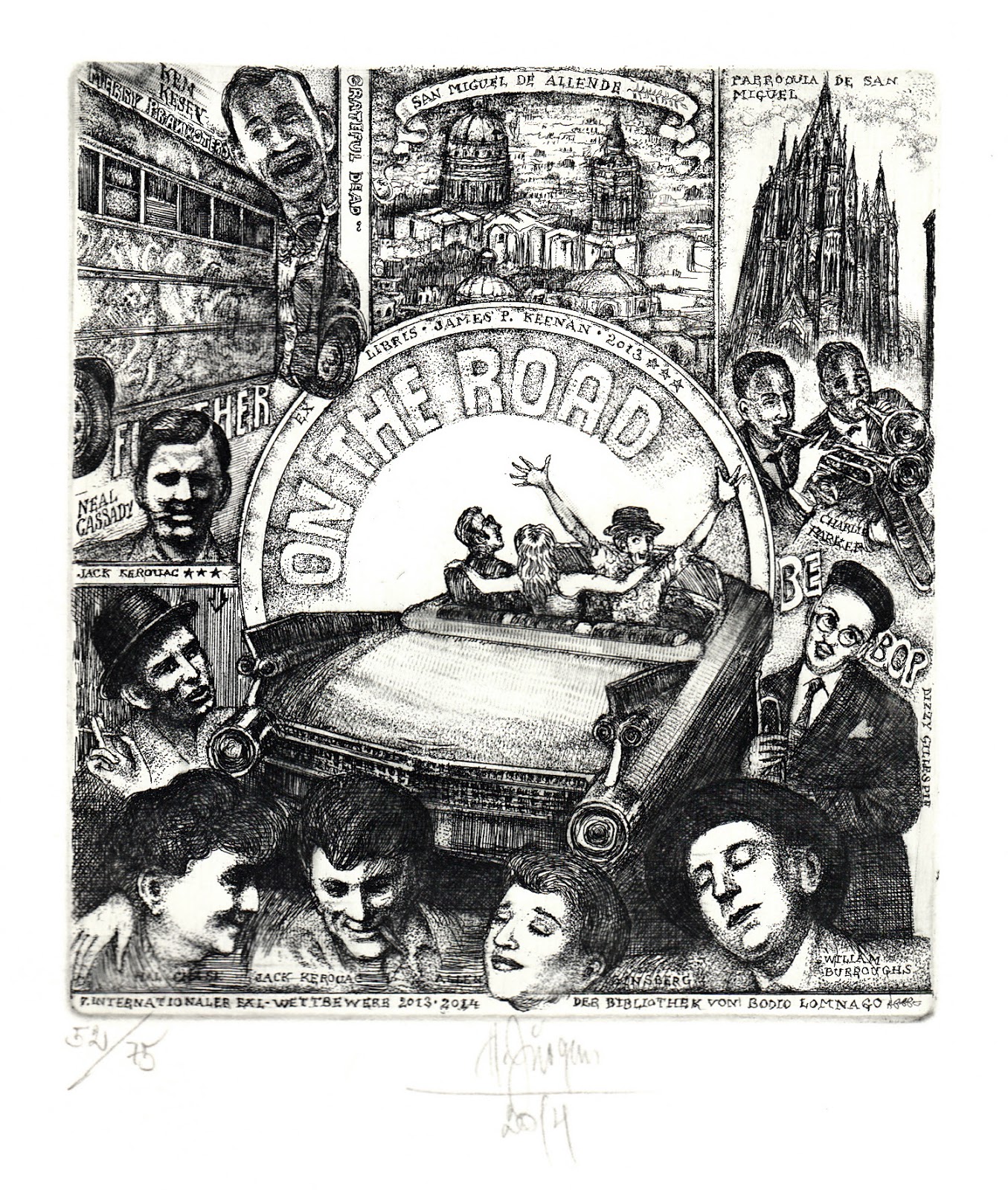

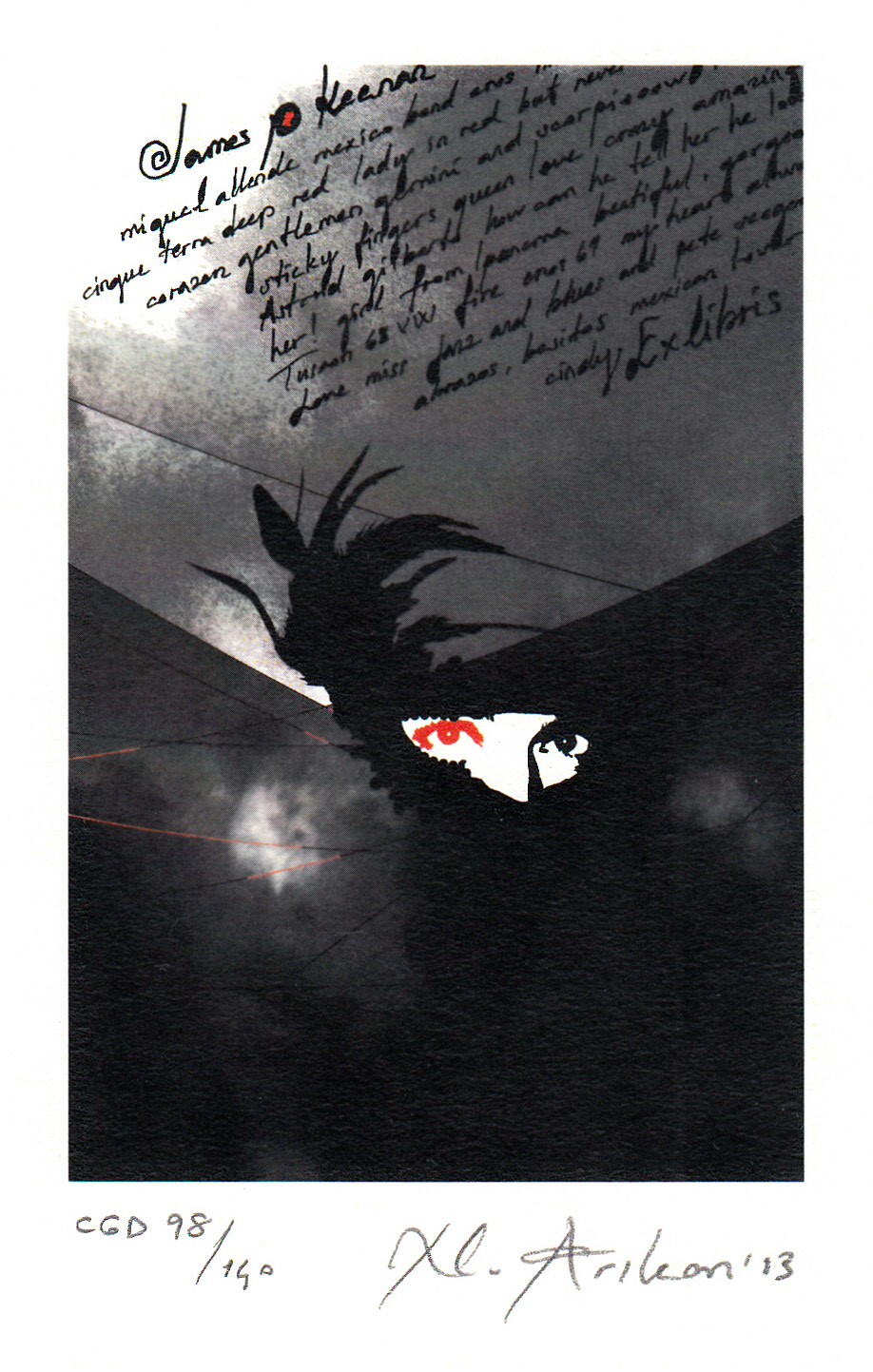




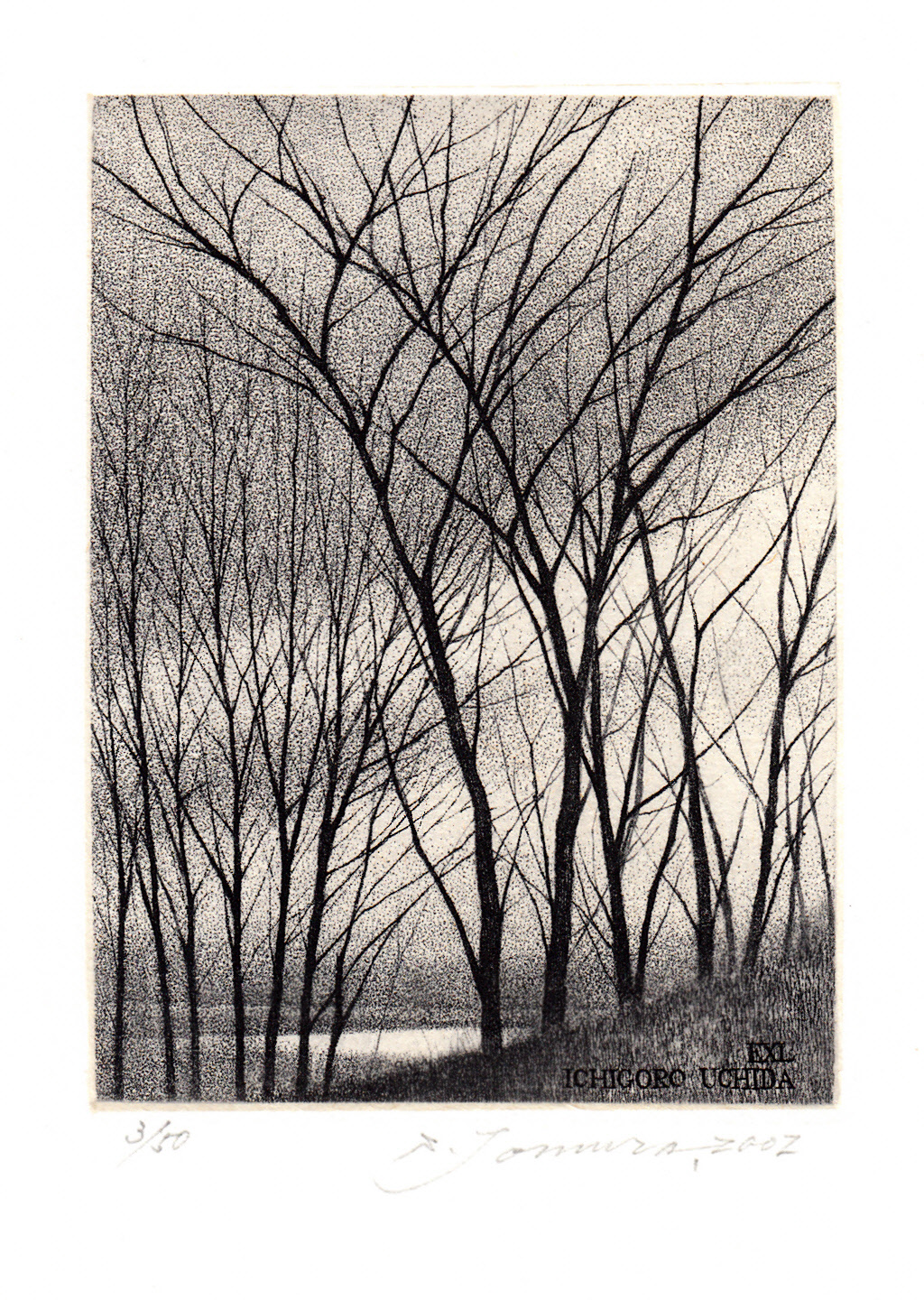
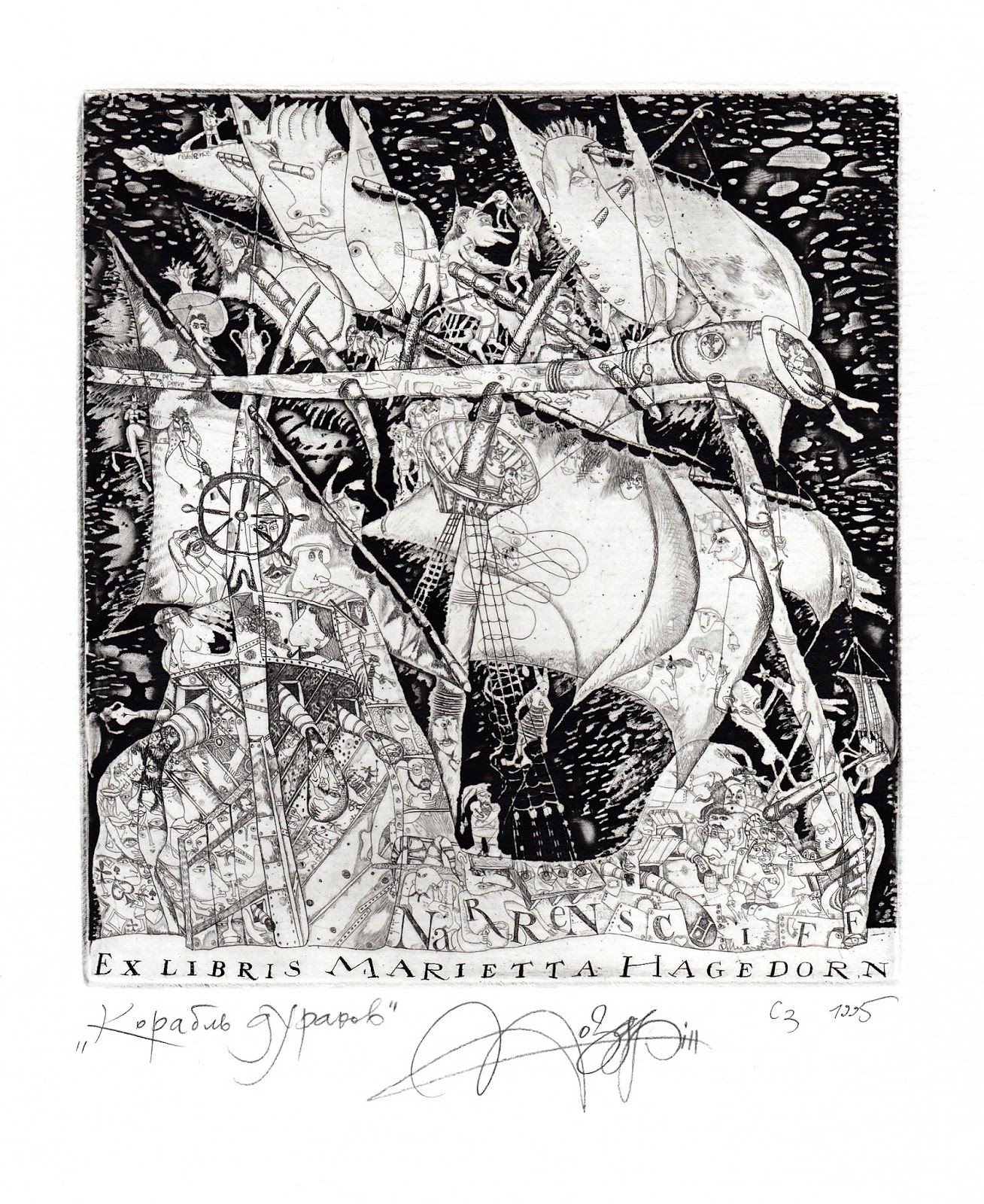.jpg)



